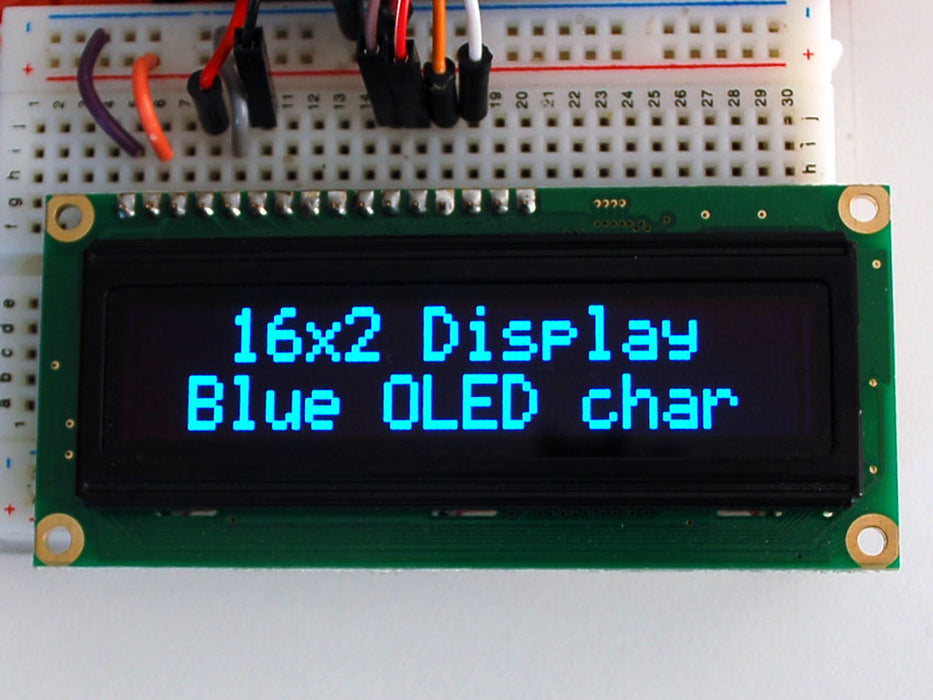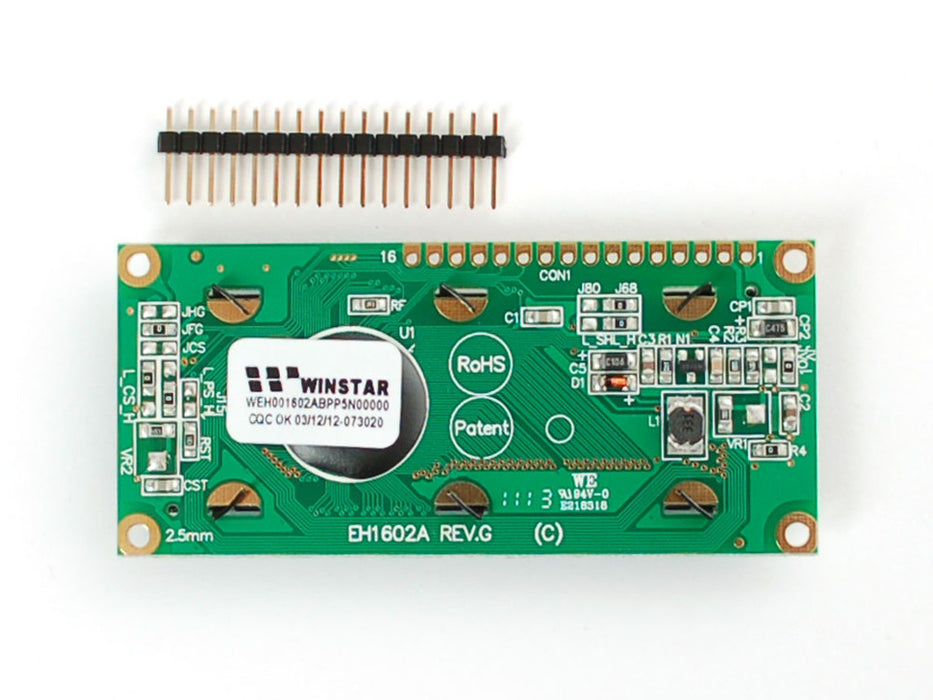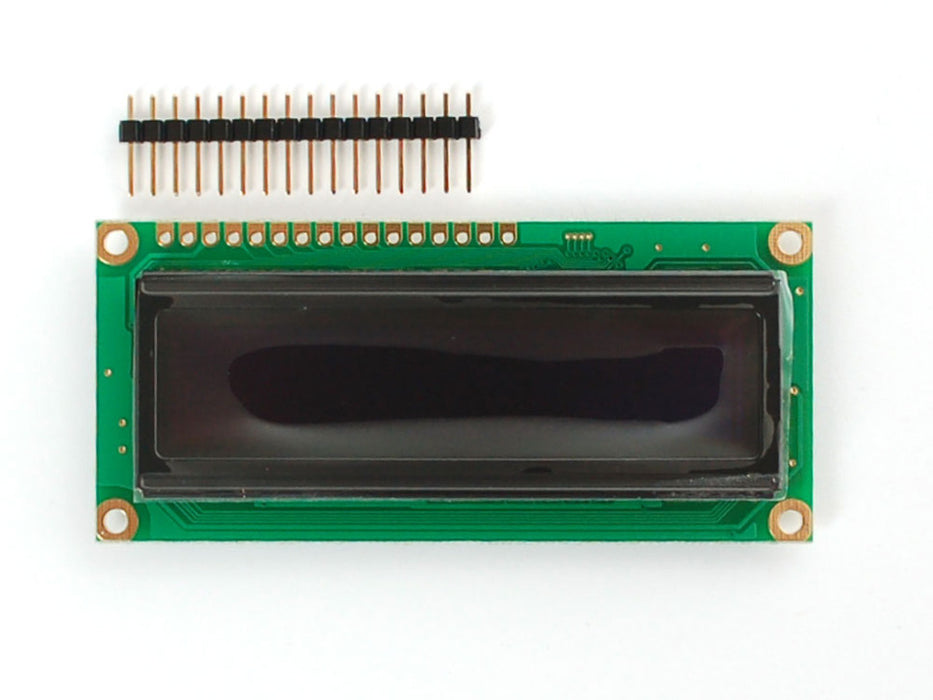
Adafruit Blue Character OLED 16x2
by Adafruit
SKU ADA-823
Sold out
(ex:Vat)
Original price
£20.83 (ex:Vat)
Original price
£20.83
-
Original price
£20.83
Original price
£20.83 (ex:Vat)
Current price
£16.67
£16.67
-
£16.67
Current price
£16.67
Availability:
Out of stock


